Distance: 1,143km (710 miles)
Travel time: 16 hours
Mode of transport: Bus, train and another bus
Warning: this is a photo-heavy post. Xinjiang is just so damn photogenic.
We’re now just about as far west as it’s possible to be while remaining in China. To the south is India and Afghanistan. To the west, over the Karakoram Pass, is Pakistan. To the north east is Kazakhstan and Mongolia. And to the north is Tajikistan and Kyrgyzstan – we are crossing the Torugart Pass to get to the latter on Tuesday.
Kashgar’s traditional location as the point at which Chinese, Central Asian and Indian/Pakistani trade routes merge continues to today. Every Sunday a market takes place in the town that attracts Afghan, Tajik, Kazakh and Kyrgyz traders (see below), and the hostel that we are staying at is full of travellers who have just arrived from the west or the north or who are heading the same direction as us. We are thousands and thousands of kilometres away from China-proper – closer to Damascus than Beijing – yet Kashgar feels like the most international city we have been in since Hong Kong (though obviously for very different reasons).
But how did we get here? From Kuqa, which lies on the so-called ‘northern route’ of the Silk Road, we decided to make use of one of the new cross-desert highways and head to Hotan, which lies on the ‘southern route’. The Taklaman is the second largest sandy desert in the world and we literally drove in a straight line through the middle of it for almost nine hours. With only sand dunes for company and the nearest settlement at least five hours drive away, this was not the kind of place that we wanted to get off. Just as we were having this thought, a fellow passenger picked up his bags and made his way to the front of the bus, where he asked the driver to let him off. Where could he possibly be going?!
We arrived in Hotan in the middle of a sandstorm. Most hotels wouldn’t take foreigners and in the end we had to rely on a friendly Uighur taxi driver to take us to a hotel (a Uighur hotel of course) that would let us stay. It turned out to be a nice place, and Hotan turned out to be an interesting town, so we ended up staying here for four days. In the centre of Hotan is a large and ugly public square with a giant statue of Chairman Mao shaking hands with a Uighur man who supposedly made his way to Beijing in the 1950s to congratulate Mao on the emancipation of the peasants.

The square was mostly empty apart from groups of young and armed Chinese soldiers clustering around armoured-personnel carriers. Not the kind of atmosphere conducive to ‘getting along’ with each other. On one visit to the square we saw a group of elderly Uighur men sitting around and chatting. When we passed again an hour or so later the group had been replaced with more soldiers.
Like Kuqa’s Friday market, Hotan has a daily bazaar that ramps up a gear once a week – in this case on a Sunday. The market was enormous, with sections including tie-died local silk, embroidered skullcaps, hand-made carpets, and even camel butchers:

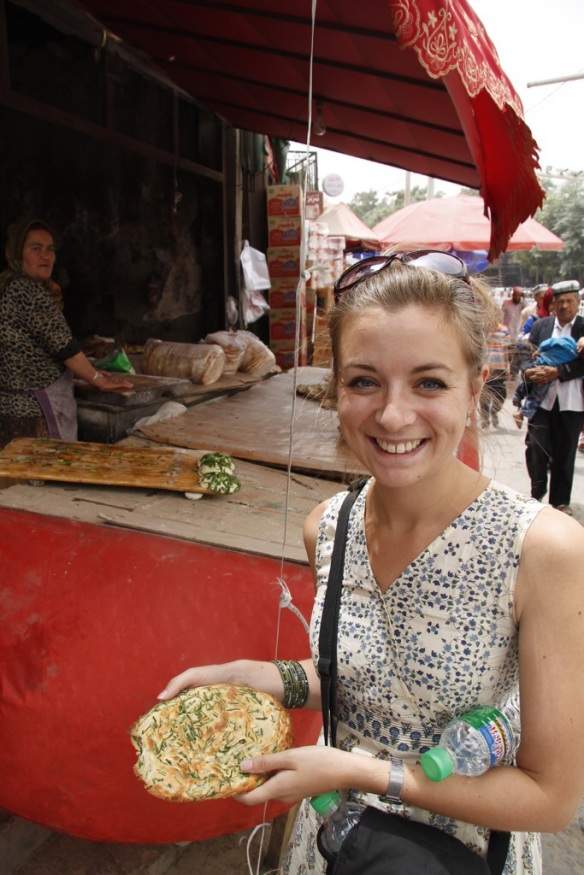

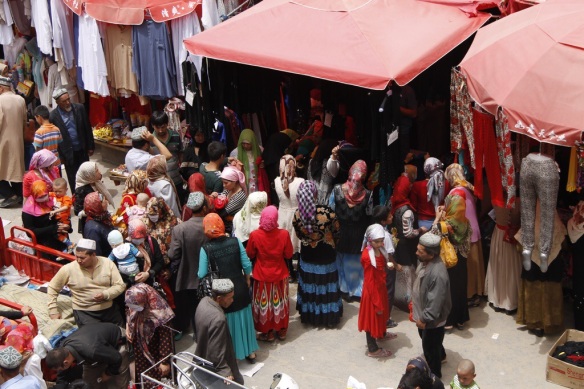
We were feeling hot, and the conservatively-dressed ladies had it even worse. For one baby it was all too much:
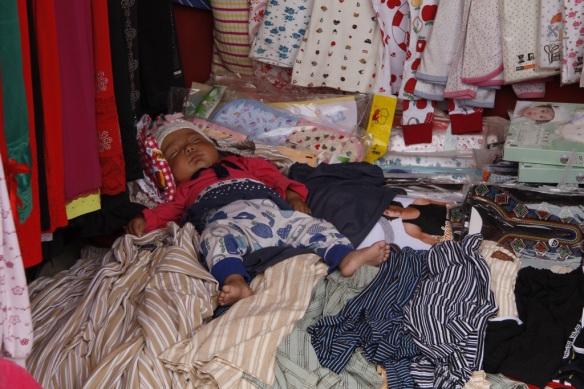
One day in Hotan, James decided to attempt to see the Mausoleum of Imam Asim – located in the desert about 15km away from the town. This turned into an epic day trip involving four bus rides and an 8km sweaty walk. With no map and no English road signs, James followed a main road in roughly the right direction until the road ran out and was replaced with desert sand dunes pockmarked with clusters of flags. He followed the flags, slipping down and clambering back up the dunes, until he reached the mausoleum itself – an oasis of green and calm literally in the middle of desert. It was only on his way out again that he realised that there was actually a gravel path all the way to the mausoleum from the road – but it would have been less fun without the sand dunes!
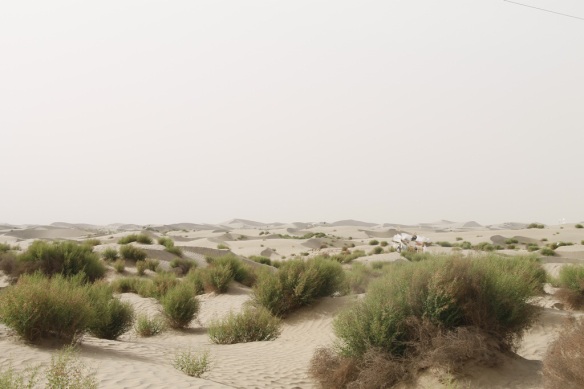
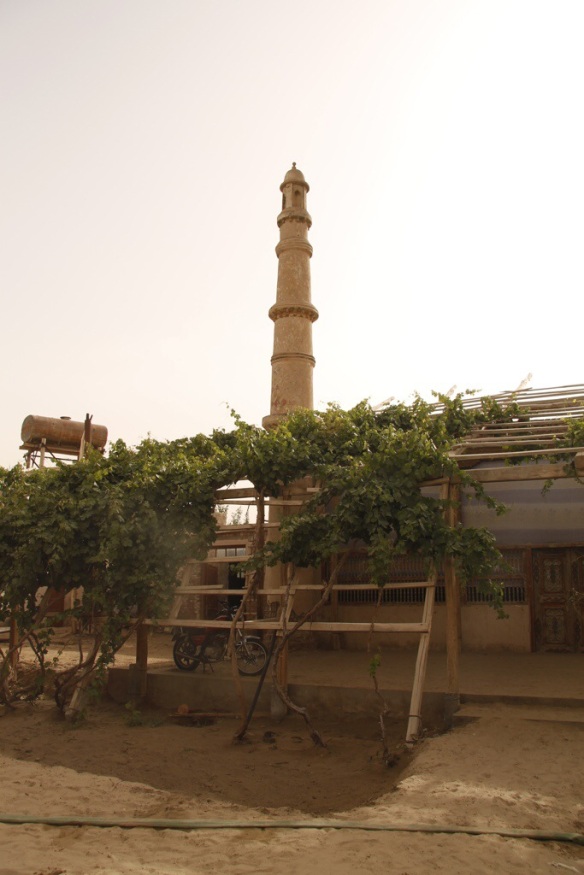

From Hotan we made use of the brand new railway to get us west to Yarkand (Shache in Chinese). Historically this was the point at which goods from India joined the Silk Road – though as we are continually finding in Xinjiang there is little left of the old town to show it. The Altun mosque complex, which includes a mausoleum to a 16th century Uighur queen and a sprawling and peaceful cemetery, are surrounded by a few streets of mud-built houses, all under threat from the ever-growing Chinese town. Notice the boy with a pot on his head…
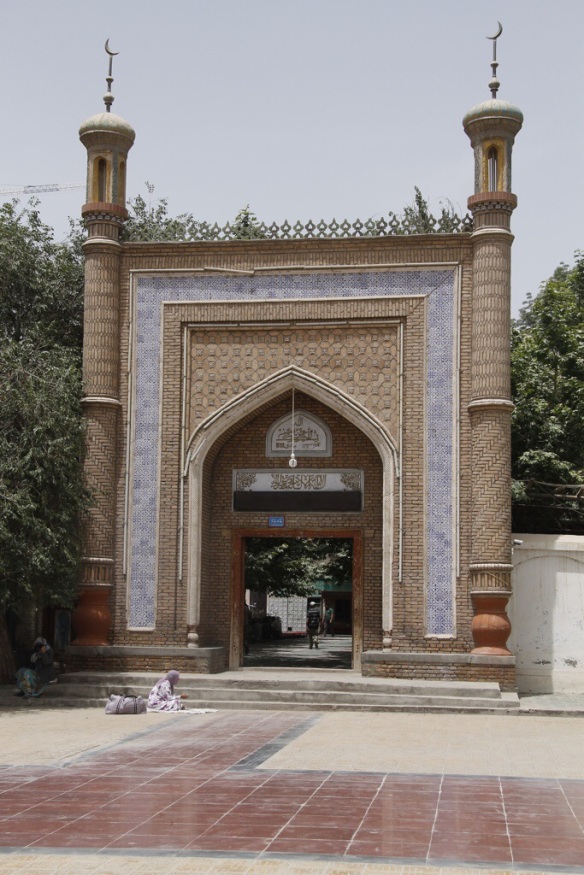
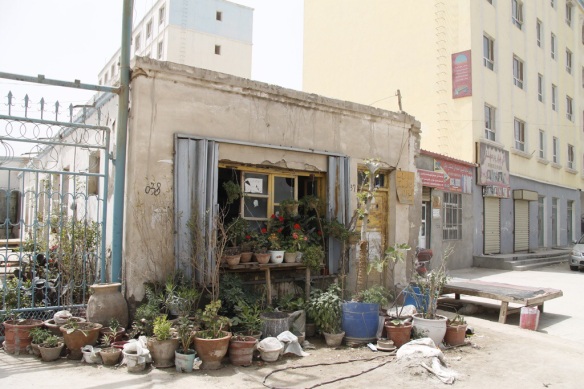
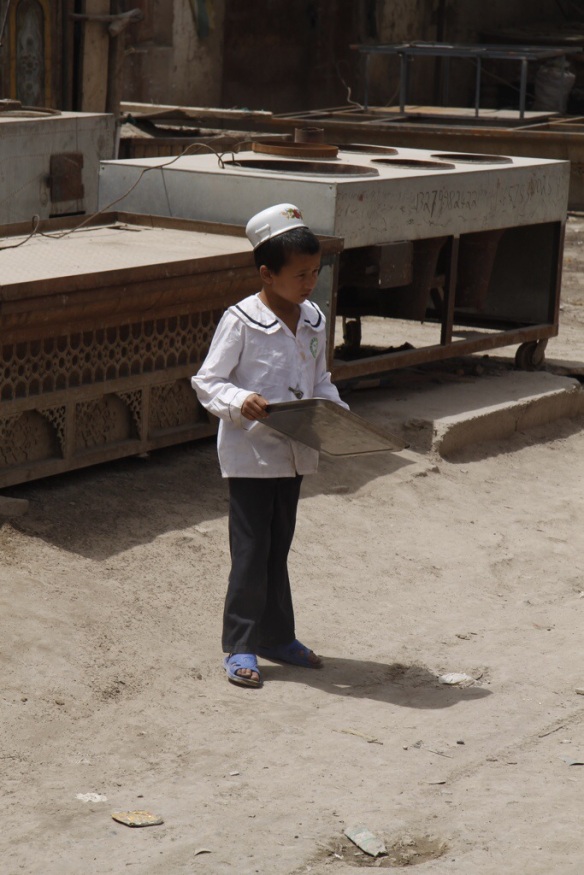
Our final Xinjiang trip was by bus to Kashgar. Very little to report from the journey other than we finally saw some camels in the desert. All we have to show for it is a couple of grainy shots that we won’t bore you with.
So here we are in Kashgar – so far from anywhere else. There is far more old town left in Kashgar than anywhere else we have been in Xinjiang (the Chinese have ‘protected’ bits of it as a “folk-cultural relic” – though in reality much has been knocked down and rebuilt again). The food is good here, particularly from the Night Market, and we have been enjoying the last of our Uighur food including pilav (rice cooked with carrots, spices and mutton), laghman (noodles) and samsa (meat pies). Last night James even tried a concoction involving sheep’s lungs, intestines and, for all we know, testicles.
On Sundays something special happens in Kashgar. The daily Grand Bazaar ramps up a gear and Uighurs from all around don their Sunday best to come shopping – we bought some delicious rose black tea and James finally found the perfect hat and a man to pose with while wearing it. Hat man asked us to take a photo of his lovely granddaughter, while another man on the bus offered to pose with his pigeons. The whole town was a carnival!
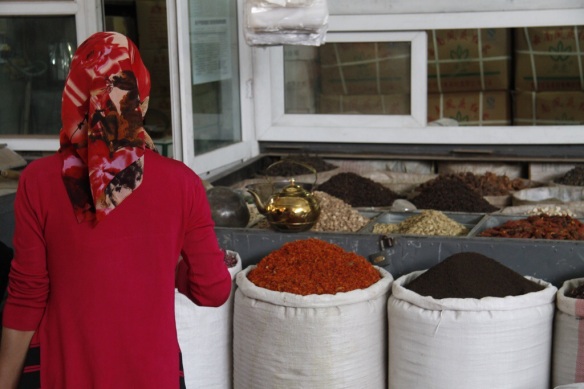
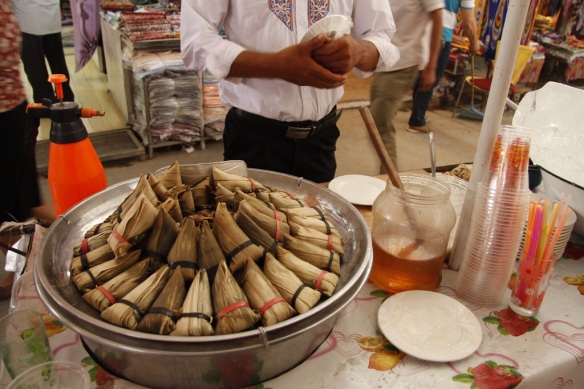

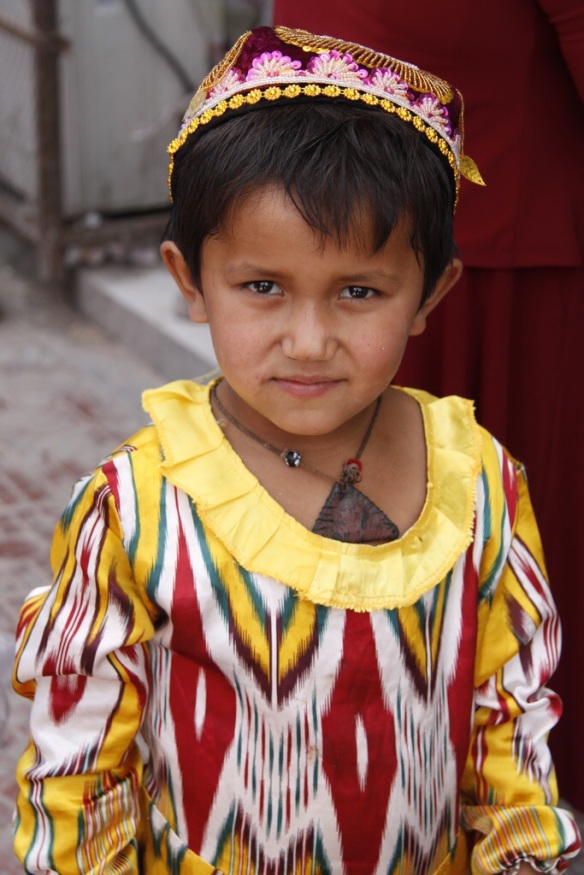
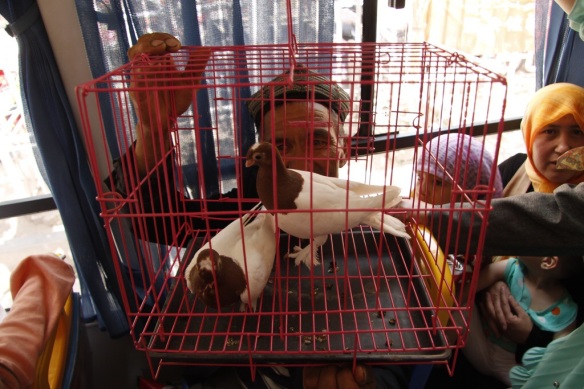
Meanwhile, a few miles out of town, a very different Sunday market drew crowds from much further afield. Every week Kashgar hosts a livestock market that attracts thousands of people from miles (and countries) around, driving their donkey carts and trucks loaded with sheep, cows and goats, or simply walking with a single horse or donkey to sell. We were at the market for about an hour and in that time people and animals were continually arriving, changing hands and leaving again – meanwhile the men were trying to control bulls, lining up their sheep and goats for inspection, and testing out horses and donkeys before making a purchase. Our favourite have to be the fat-tailed (or, as we prefer, fat-bottomed) sheep!
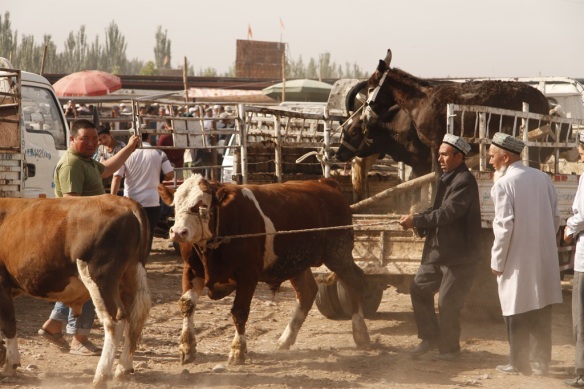
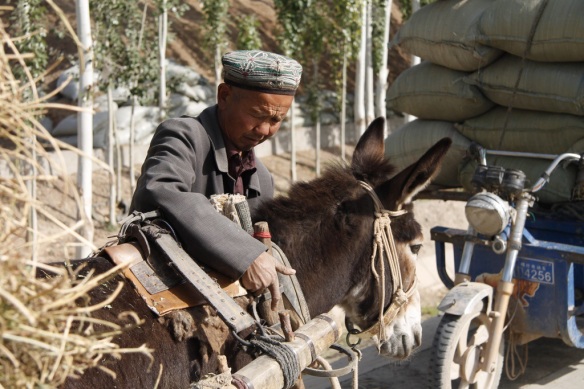

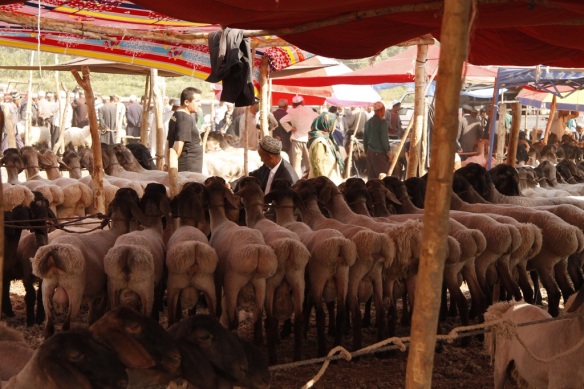
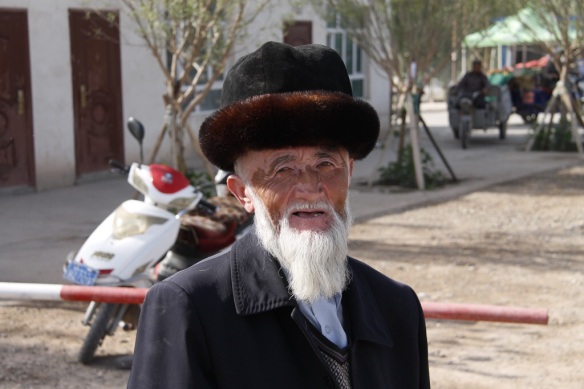
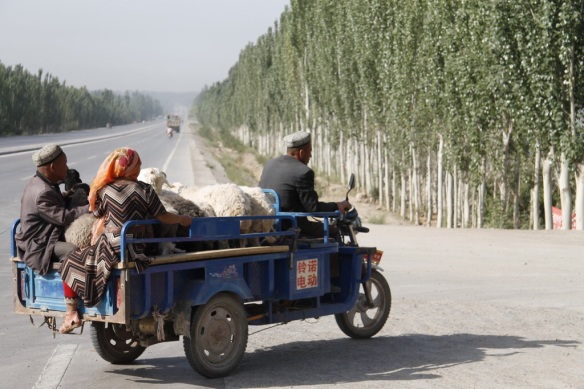
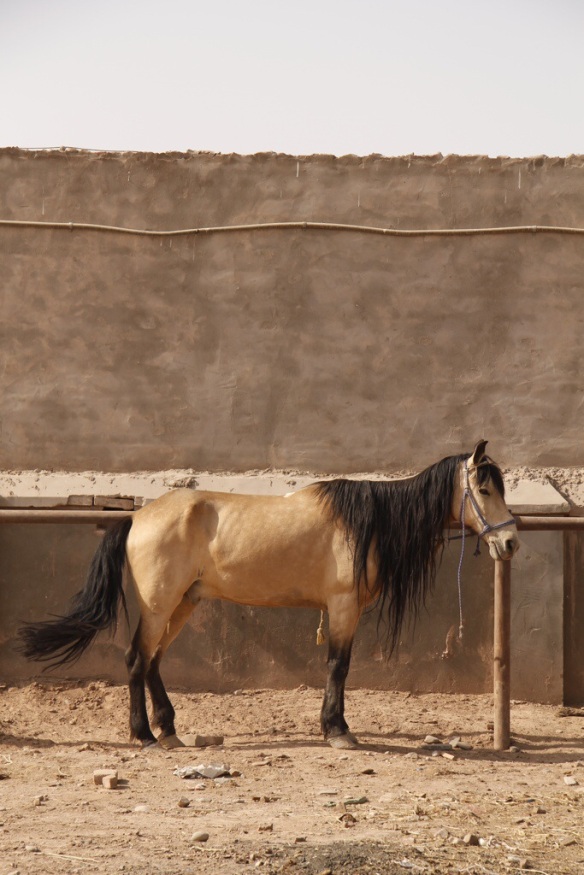
Finally, we made a visit out to the wonderfully chequered mausoleum of Abakh Hoja, a 17th century Sufi saint and political leader. We’ll copy the description straight from our guidebook: “Known to the Chinese as Xiang Fei (Fragrant Concubine), she was either the beloved but homesick concubine of the Emperor Qianlong and thus a symbol of national unity (the Chinese version), or a Uighur resistance leader who was captured and taken to Beijing where she died broken-hearted (Uighur version).” Either way, this was a fine way to end our time in Kashgar as it whetted our appetite for more Islamic architecture in Central Asia.
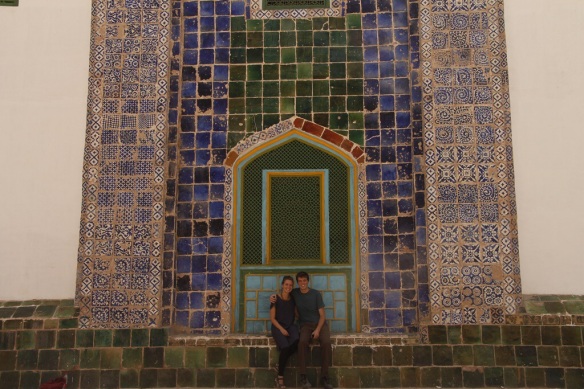
On Tuesday we go to Kyrgyzstan!
